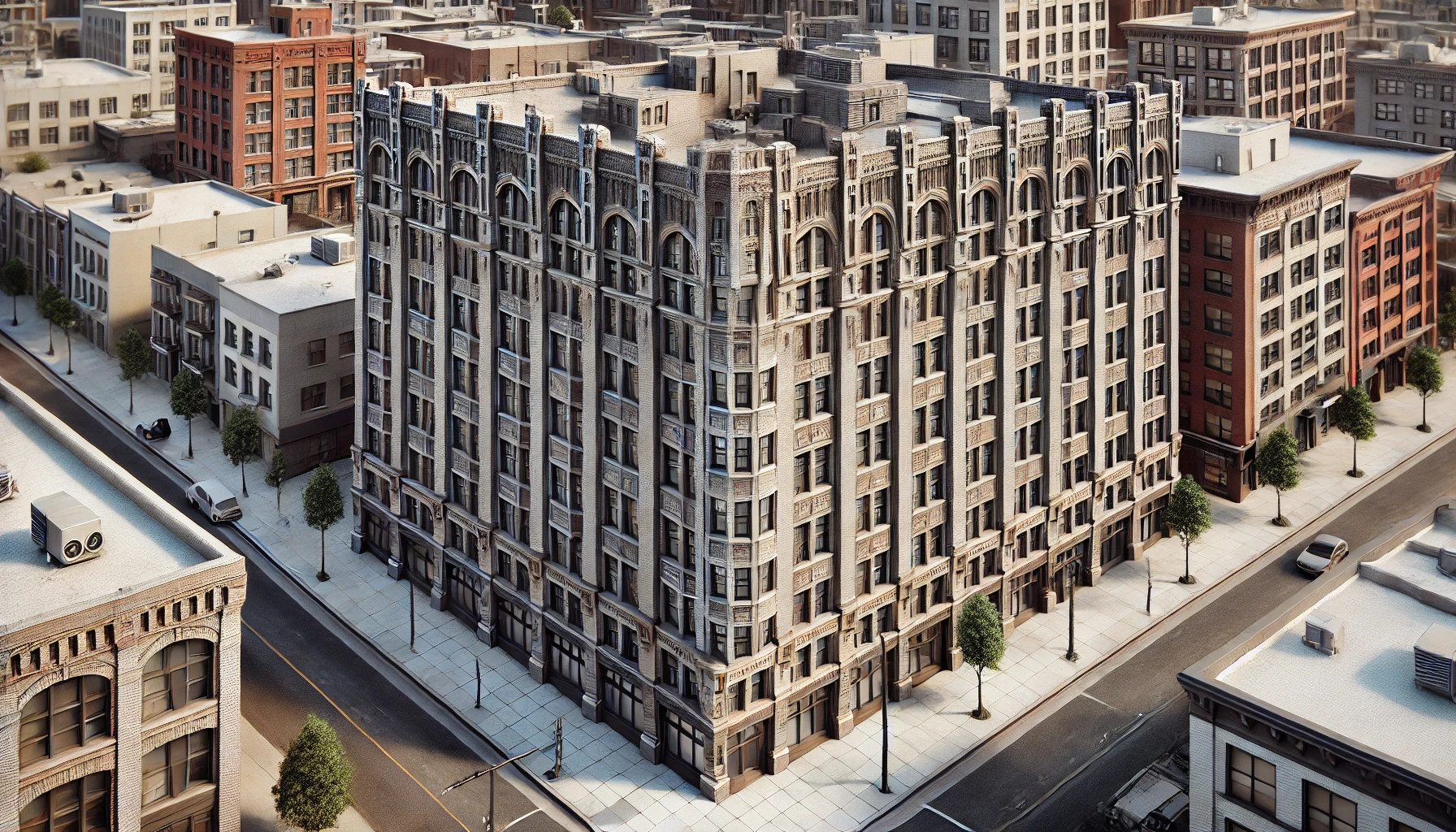Unreinforced masonry buildings (URM buildings) are structures made from bricks, stones, concrete blocks, or other masonry units that are not reinforced with steel bars (rebar) or other forms of internal support. These buildings rely solely on the weight of the masonry units and the mortar that binds them together for structural integrity.
Key characteristics of URM buildings include:
- Lack of Internal Reinforcement: They do not have steel rebar or other internal supports to strengthen the masonry.
- Vulnerability to Earthquakes: URM buildings are particularly susceptible to damage or collapse during seismic events because they lack the flexibility and tensile strength provided by reinforcement.
- Historic Construction: Many older buildings, especially those built before modern building codes were established, are URM structures.
- Potential Hazards: In addition to earthquakes, URM buildings can also be vulnerable to other stresses such as strong winds, ground settlement, and heavy loads.
Due to these vulnerabilities, many building codes now require retrofitting of URM buildings to improve their safety and performance in the event of earthquakes or other structural stresses.
